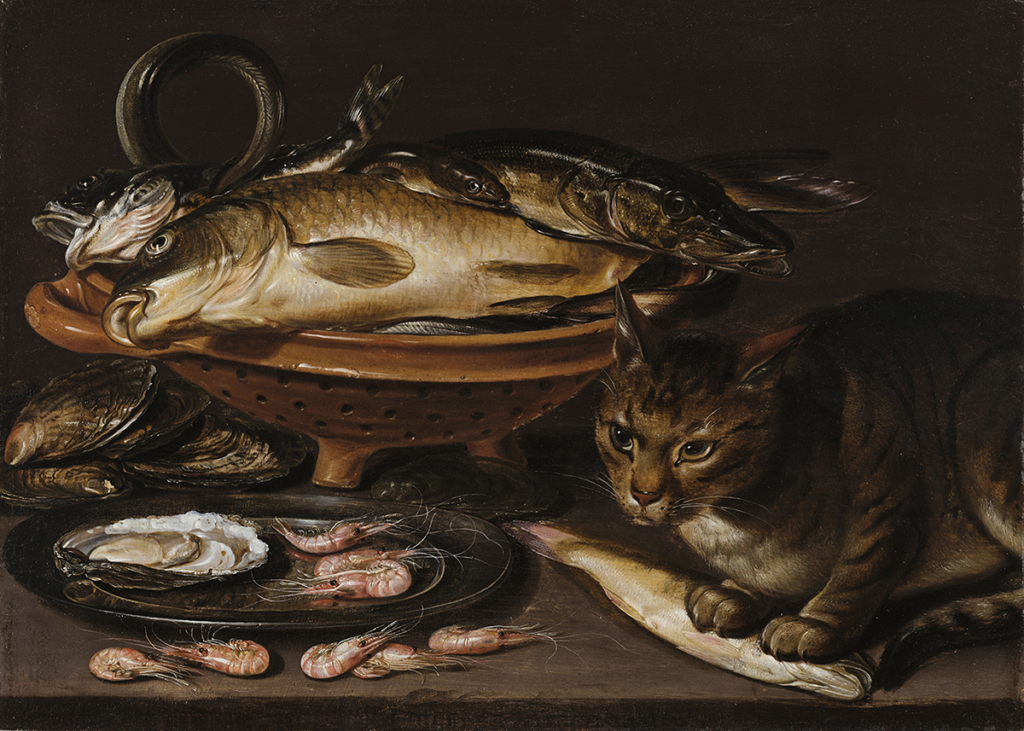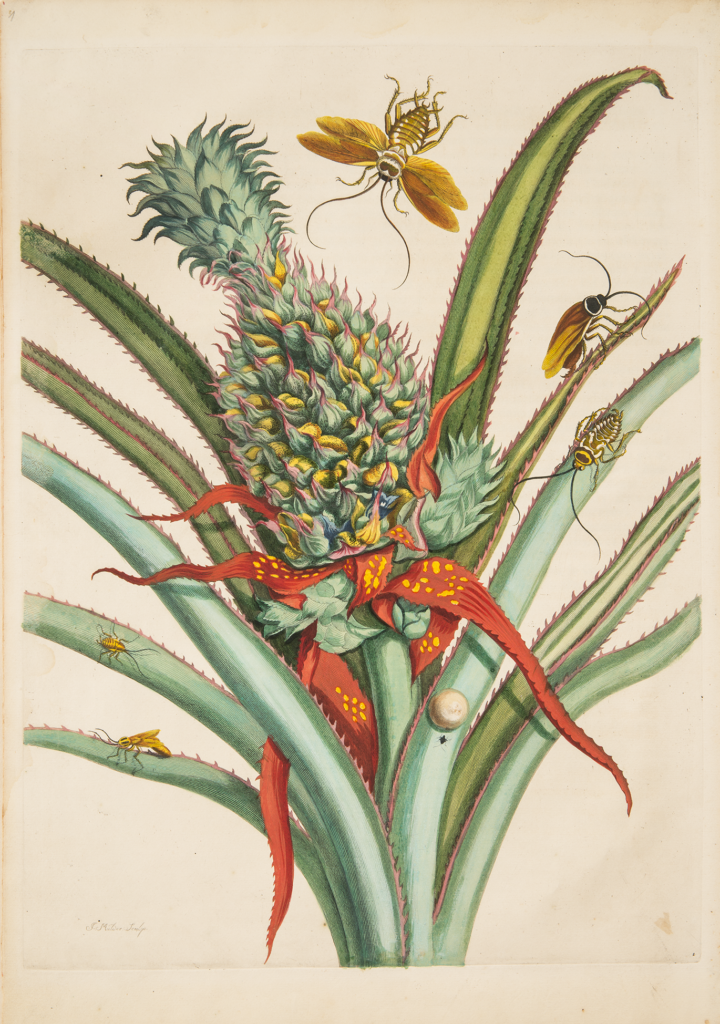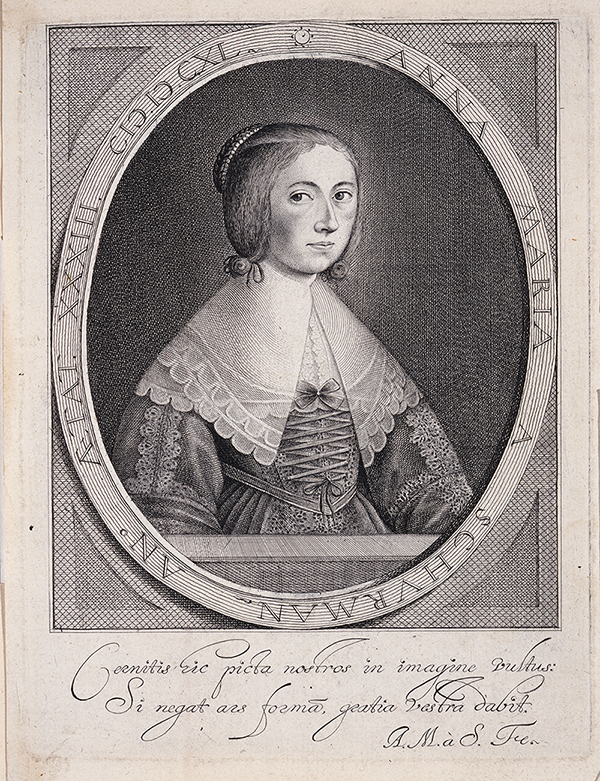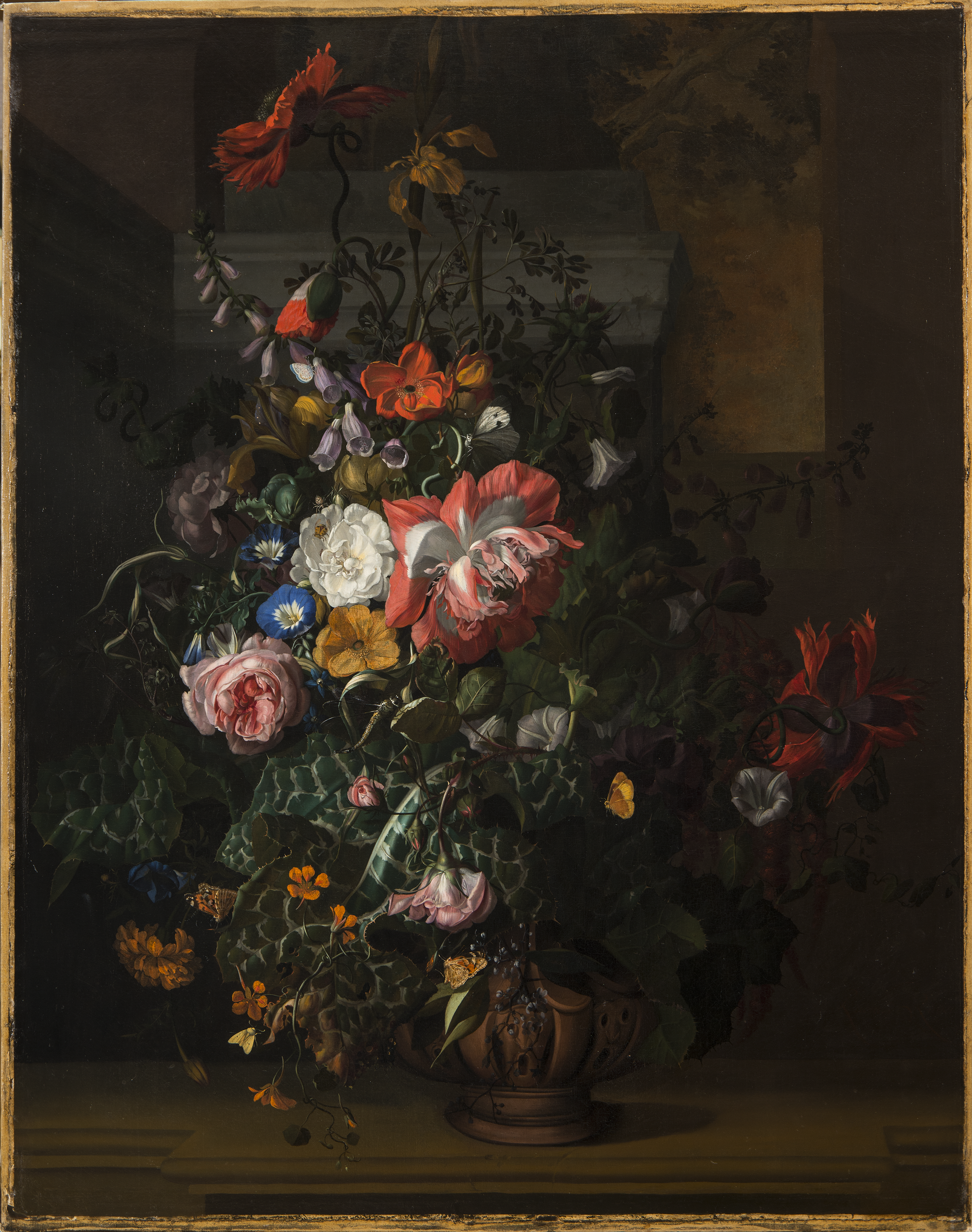The first exhibition to explore the contributions of women artists during the Dutch Golden Age will be on view at the National Museum of Women in the Arts (NMWA) from Oct. 11, 2019, to Jan. 5, 2020. Women Artists of the Dutch Golden Age presents approximately 20 paintings and prints dating from 1610 through 1719 by eight successful artists in the Netherlands during the 17th and early 18th centuries.

Clara Peeters, Still Life of Fish and Cat, after 1620; Oil on panel, 13 1/2 x 18 1/2 in.;
National Museum of Women in the Arts, Gift of Wallace and Wilhelmina Holladay

Maria Sibylla Merian, Plate 1 (from Dissertation in Insect Generations and Metamorphosis in Surinam,
second edition), 1719; Hand-colored engraving on paper, 20 1/2 x 14 1/2
in.; NMWA, Gift of Wallace and Wilhelmina Holladay; Photo by Lee
Stalsworth
In fact, to date, there has never been an exhibition devoted to the Dutch and Flemish women artists of the Golden Age. This is remarkable given the sheer scale of artistic production in the Netherlands during this period. Women artists thrived in this environment. Like those elsewhere in Europe, many Dutch and Flemish women were born into families of artists and received their training from fathers or brothers. However, some took the more traditionally “masculine” route of apprenticing with a recognized master and joining artistic guilds. Considering a group of these women together offers an opportunity to upend common assumptions and uncover surprising connections.

Anna Maria van Schurman, Self-Portrait, 1640; Engraving on paper, 8 1/2 x 6 3/8 in.; National Museum of Women in the Arts, Gift of Wallace and Wilhelmina Holladay

Rachel Ruysch, Roses, Convolvulus, Poppies and Other Flowers in an Urn on a Stone Ledge, ca. late 1680s; Oil on canvas, 42 1/2 x 33 in.; NMWA, Gift of Wallace and Wilhelmina Holladay; Photo by Lee Stalsworth
A Still Life of Lilies, Roses, Iris, Pansies, Columbine, Love-in-a-Mist, Larkspur and other Flowers in a Glass Vase on a Table Top, Flanked by a Rose and a Carnation ca. 1610.
Rachel Ruysch (1664–1750), one of the most successful artists of this period, who is regarded as the greatest floral still-life painter of the Golden Age. Her prestigious career lasted a remarkable 70 years, and she sold work to an international circle of patrons.
Judith Leyster (1609–1660), one of the first women admitted to the painter’s guild in Haarlem, where she also took on her own students. A recently rediscovered self-portrait by Leyster is a highlight of the exhibition—it is on public view in the U.S. for the first time.
Clara Peeters (1594–1657?), a pioneer of still-life painting and the only Flemish woman known to have specialized in the genre as early as the first decade of the 17th century. Peeters was the artist who inspired NMWA founder Wilhelmina Cole Holladay to begin collecting work by women artists.
Considered individually, the stories of the women represented in this exhibition reveal that there was not just one path to becoming an artist, nor was there only one model for success. Through a wider view encompassing each artist’s individual struggles and triumphs, a clearer and more nuanced picture of women artists during the Dutch Golden Age comes into focus.
“NMWA’s Women Artists of the Dutch Golden Age—which focuses on women as creators and entrepreneurs rather than primarily the subjects of well-known paintings—is a crucial turning point in righting art historical records,” said NMWA Director Susan Fisher Sterling. “NMWA is committed to presenting exhibitions that challenge traditional views, expand our thinking about art history and rectify omissions of the past.”
